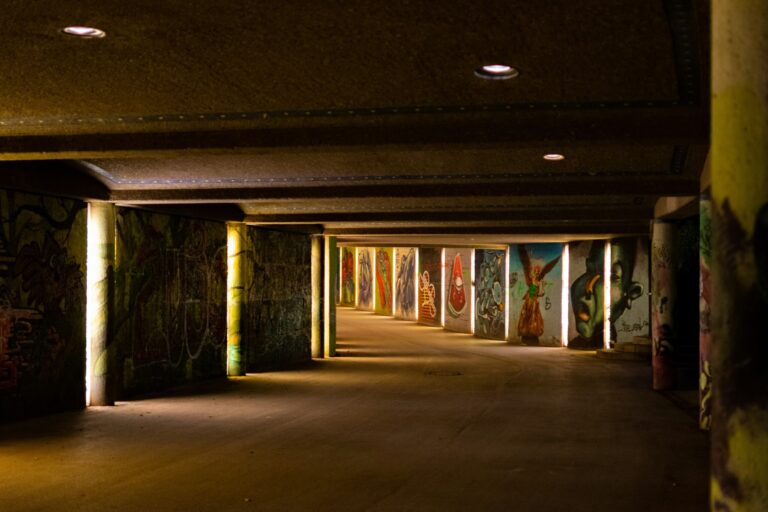On June 5, 2024, the Museum of Modern Art (SFMOMA) opened its doors to a groundbreaking exhibition titled Urban Art: The Streets in Motion. This unique display dives deep into the cultural significance of street art in contemporary urban landscapes, highlighting the ways in which graffiti, murals, and other forms of public art have transformed cityscapes around the world, particularly in San Francisco.
Key figures behind the exhibition include SFMOMA’s Chief Curator, Janet Browne, and renowned street artist Banksy, whose works are part of the show’s focus. Banksy, a London-based artist known for his provocative pieces in public spaces, was featured for his work’s global impact, making street art a legitimate form of contemporary expression. Browne, who curated the exhibition, said, “This exhibition aims to shift perceptions, showing how street art is not just vandalism, but a true reflection of social and cultural movements, providing commentary on society that has influenced generations.”
The exhibit features more than 150 pieces, ranging from early spray-painted graffiti works to elaborate, immersive installations. Among the artists featured are local talents such as the muralist group The Mission District Collective, whose large-scale murals have become part of San Francisco’s identity, reflecting issues of gentrification, immigration, and identity. Their collaboration with other street artists has created a dynamic, ever-changing environment of expression, deeply rooted in the city’s neighborhoods.
The exhibition was not just about displaying art; it also sought to engage visitors with the history and process behind urban art. Large interactive screens allowed attendees to learn about the techniques used by street artists, from stencils to paste-ups, while an adjacent room offered a live mural painting demonstration, inviting local artists to create new works in real time. This live creation element brought an added layer of authenticity and energy to the experience, allowing guests to witness the evolution of a piece from conception to completion.
Attendees also had the chance to engage with discussions led by experts in urban studies, such as Dr. Carlos Garcia, a professor of urban culture at UC Berkeley, who spoke on the sociopolitical contexts behind many of these pieces. “Street art is a reaction to the urban space. It challenges the norms of what is considered art, questioning authority, power, and social dynamics,” Dr. Garcia explained during the panel.
While many visitors celebrated the exhibition for highlighting the importance of urban art in shaping cities and cultures, some critics raised concerns about commercializing what is traditionally seen as subversive and countercultural. Local artist and activist Maria Hernandez voiced concerns about the growing trend of galleries and museums commodifying street art. “Street art was always meant to be accessible to everyone in public spaces. When it’s removed from its original context and displayed in galleries, we lose the authenticity and the connection it had with the streets and communities,” Hernandez stated.
Despite the ongoing debate over its place in the art world, Urban Art has sparked conversation about the evolution of street art and its importance in cultural dialogues, especially in cities like San Francisco, where its influence is particularly profound. The exhibition is set to run through the summer, with plans to expand its reach through online virtual experiences for global audiences.



